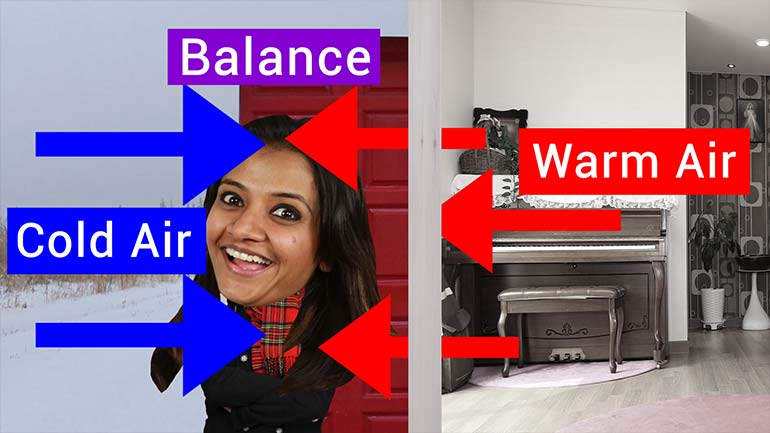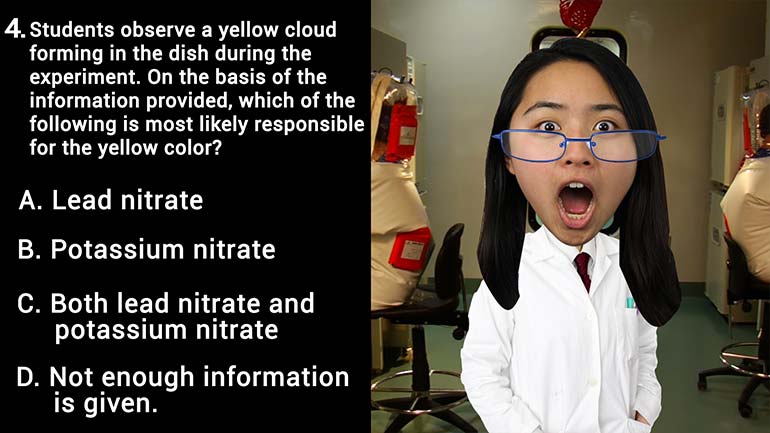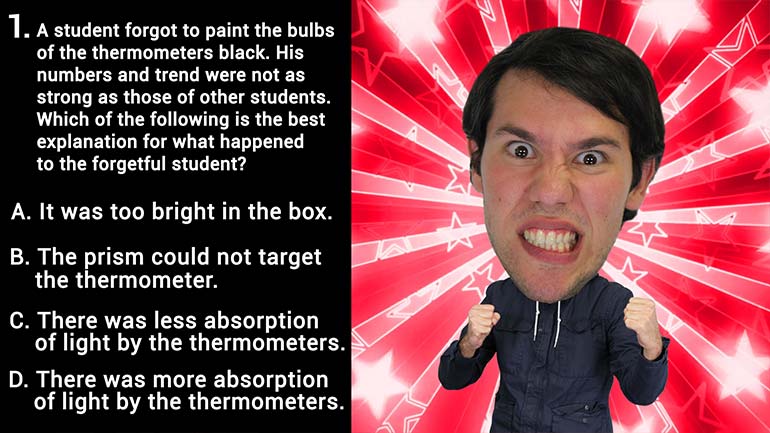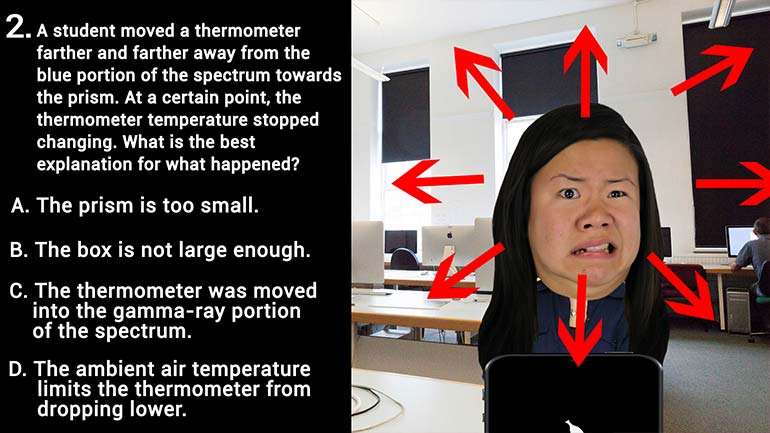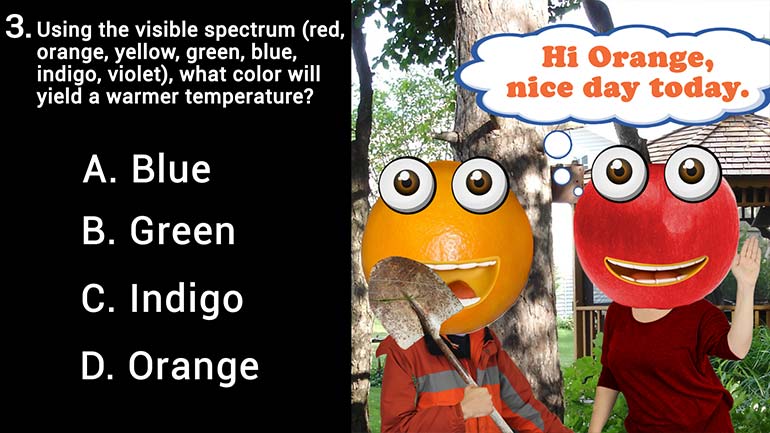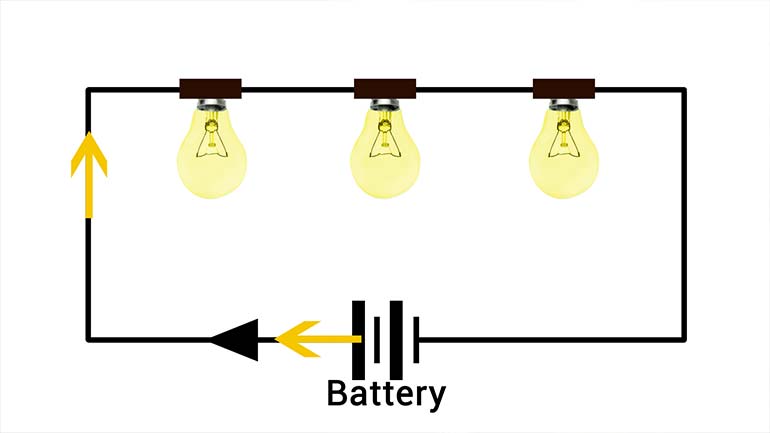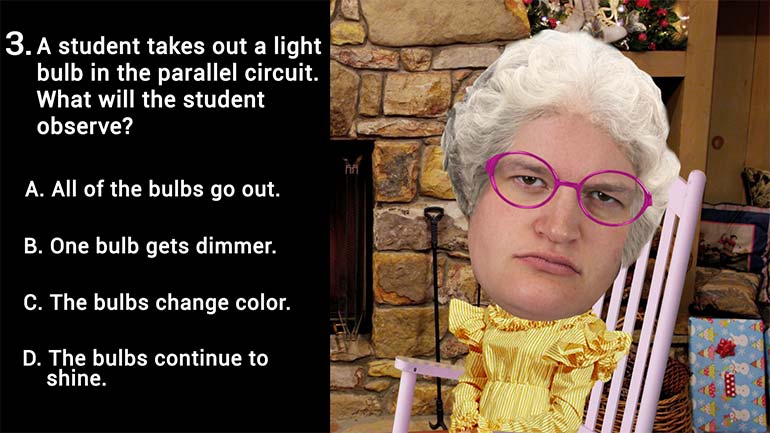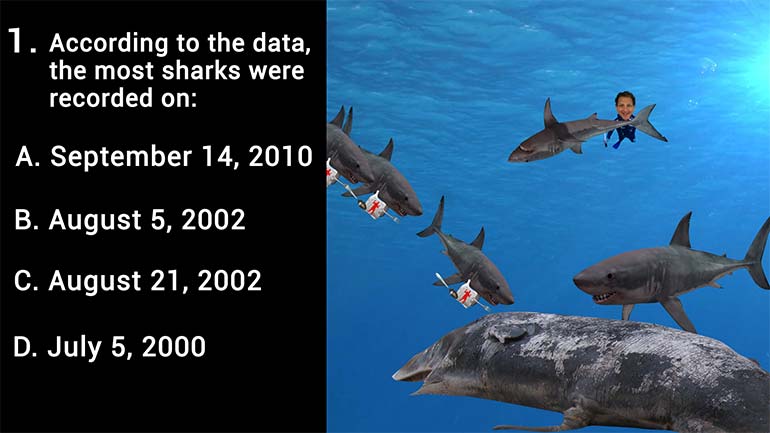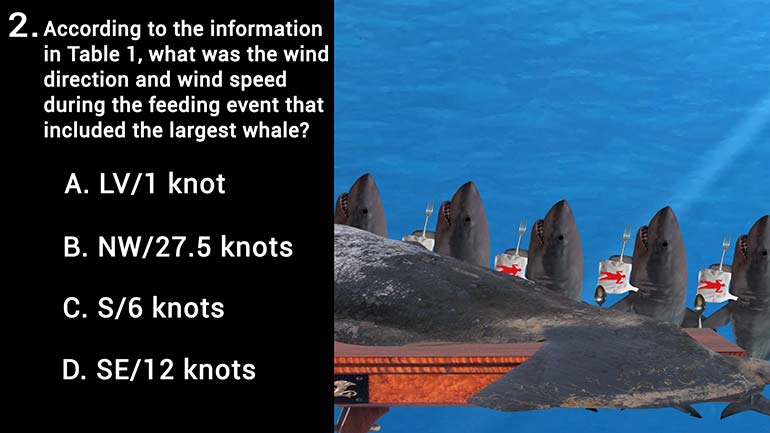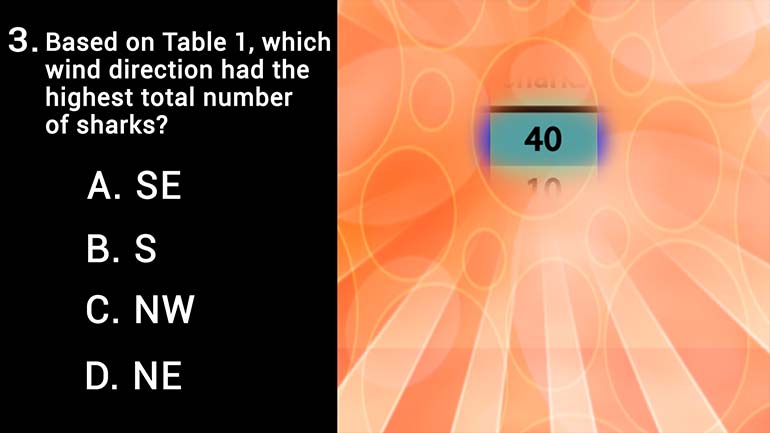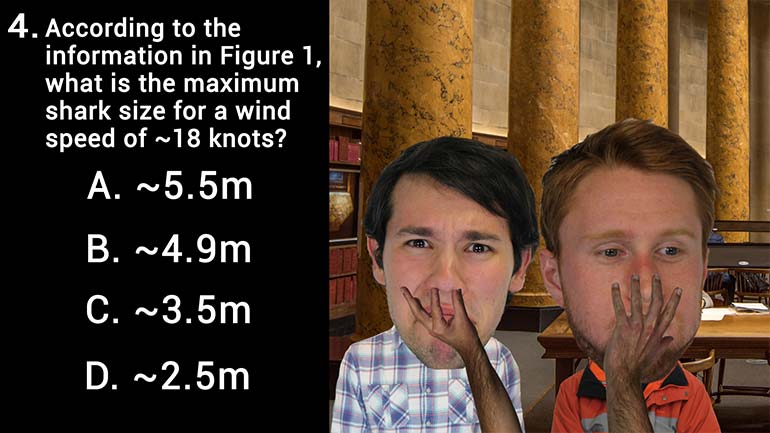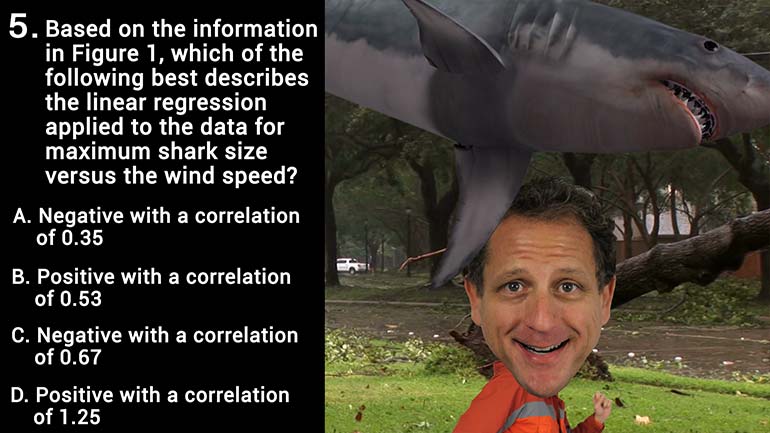ShmoopTube
Where Monty Python meets your 10th grade teacher.
Search Thousands of Shmoop Videos
Research Summaries Videos 15 videos
A student places the two crystals in cold water. Will the reaction take place faster or slower than if the student had used warm water?
A student is trying to write down the reaction for the lead and potassium switching. Which of the following is the best answer?
A student wants to see the effect that the size of the dish has on the experiment. She places two crystals each in a separate small dish and two in...
ACT Aspire Science: Removing Items from Parallel Circuits 0 Views
Share It!
Description:
A student takes out a light bulb in the parallel circuit. What will the student observe?
Transcript
- 00:00
Yeah Oh More science Here we go A student takes
- 00:09
out a light bulb in the parallel circuit This thing
- 00:11
right here what will the students observe Takes out like
- 00:15
it takes out like shoots It could be all right
- 00:19
Well from the parallel circuit we see that each ball
Full Transcript
- 00:21
was on a loop in the overall circuit Here See
- 00:24
Going Grandma Shmoop is telling us to look at the
- 00:28
circuit not the bulbs because we'll ruin our eyes like
- 00:32
that You heard that before All right Removing one bulb
- 00:35
still allows the charge to flow through through two loops
- 00:40
Got it So it's still flowing there This is the
- 00:42
advantage of parallel designs Removing one bulb won't stop the
- 00:46
others from working So the answer is D the bulbs
- 00:49
Well they just continue to shine Sort of like our 00:00:53.31 --> [endTime] writers here It's mum
Related Videos
According to the data, the most sharks were recorded on:
According to the information in Table 1, what was the wind direction and wind speed during the feeding event that included the largest whale?
Based on Table 1, which wind direction had the highest total number of sharks?
According to the information in Figure 1, what is the maximum shark size for a wind speed of ~18 knots?
Based on the information in Figure 1, which of the following best describes the linear regression applied to the data for maximum shark size versus...
